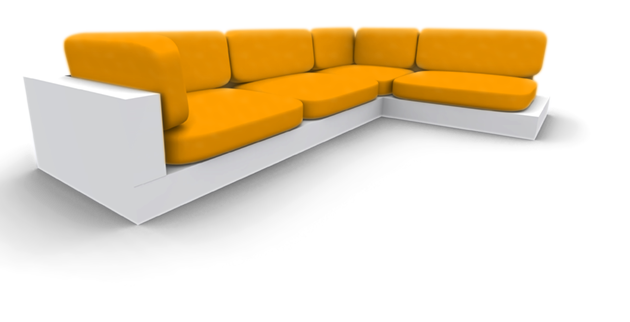| Autor | Beitrag | ||||||
|---|---|---|---|---|---|---|---|
zappo       
Beiträge: 40 |
Hallo an alle,
auf der Suche nach der Lösung für ein Problem, bin ich auf euch gestossen. Hoffe hier kann mir jemand helfen. Ich habe aktuell in einem Projekt einen "quasi" Wizzard erstellt, welcher auf TabControls basiert. Hierzu habe ich die Reiter selber auf "hidden" gestellt, Border und Background jeweils auf die Farbe der GUI. Unter Vista funktioniert dies super, im kompilierten Zustand ist nicht zu erahnen das sich eine TabControl hinter dem ganzen verbirgt. Unter WinXP allerdings bleibt von der TabControl immer ein hässlicher Rahmen zurück. Das ganze sieht aus wie auf dem angehängten Bild. Könnt ihr mir helfen? Weiß jemand wie ich dieses Problem umgehen kann, oder woran es liegt??? Gruß Sebastian Edit: Woran es liegt, weiß ich nun. Das Problem liegt am XP Skin, da scheint dieser "Schatten" zu zu gehören. Wie schaffe ich es nun das dieser für die TabCOntrol nicht genutzt wird? |
||||||
Kha       
Beiträge: 3803 Erhaltene Danke: 176 Arch Linux Python, C, C++ (vim) |
Unter WPF gibt es doch wirklich keinen Grund mehr, dafür ein TabControl zu missbrauchen. Ich weiß jetzt nicht, was ein "Quasi-Wizard" für Anforderungen besitzt
Wenn der Content dynamisch ist, wird das Ganze dank Data Binding und Data Templates ja fast noch einfacher _________________ >λ= |
||||||
zappo         
Beiträge: 40 |
hmmm
auf den einzelnen tabControl Seiten sind bei mir allerdings wiederrum Controls. Bei Text .. klar... aber so??!? Stells dir als Sammeln von Daten vor, welche Tab für Tab abgefragt werden. Da ich keine wirklich praktikable Lösung gefunden habe komplette Formulare zu tauschen hab ichs eben mit der tabControl gelöst, was den Charme hat das es einfach ist und grundsätzlich gut funktioniert. Nur das Problem mit dem komischen Schatten welcher durchs Luna Theme von WinXP kommt besteht. Ne Idee wie das wegbekommen?? |
||||||
Kha       
Beiträge: 3803 Erhaltene Danke: 176 Arch Linux Python, C, C++ (vim) |
 SHOWMETHETEMPLATE anschauen und entsprechend bearbeiten. Minimalversion ohne Tabs: SHOWMETHETEMPLATE anschauen und entsprechend bearbeiten. Minimalversion ohne Tabs:
_________________ >λ= |
||||||

















